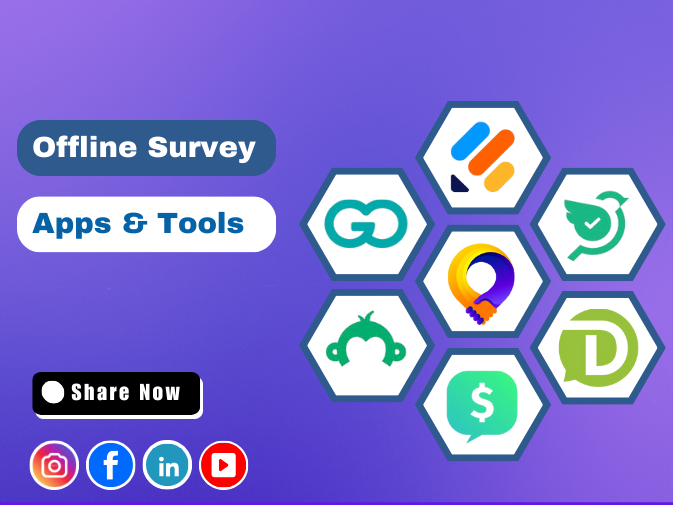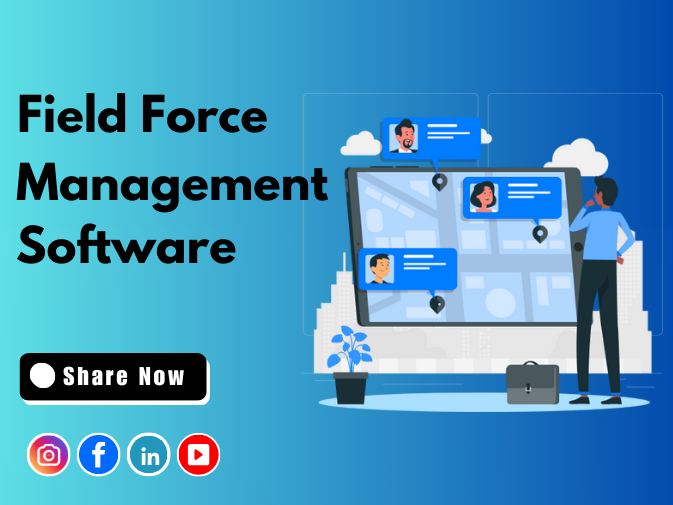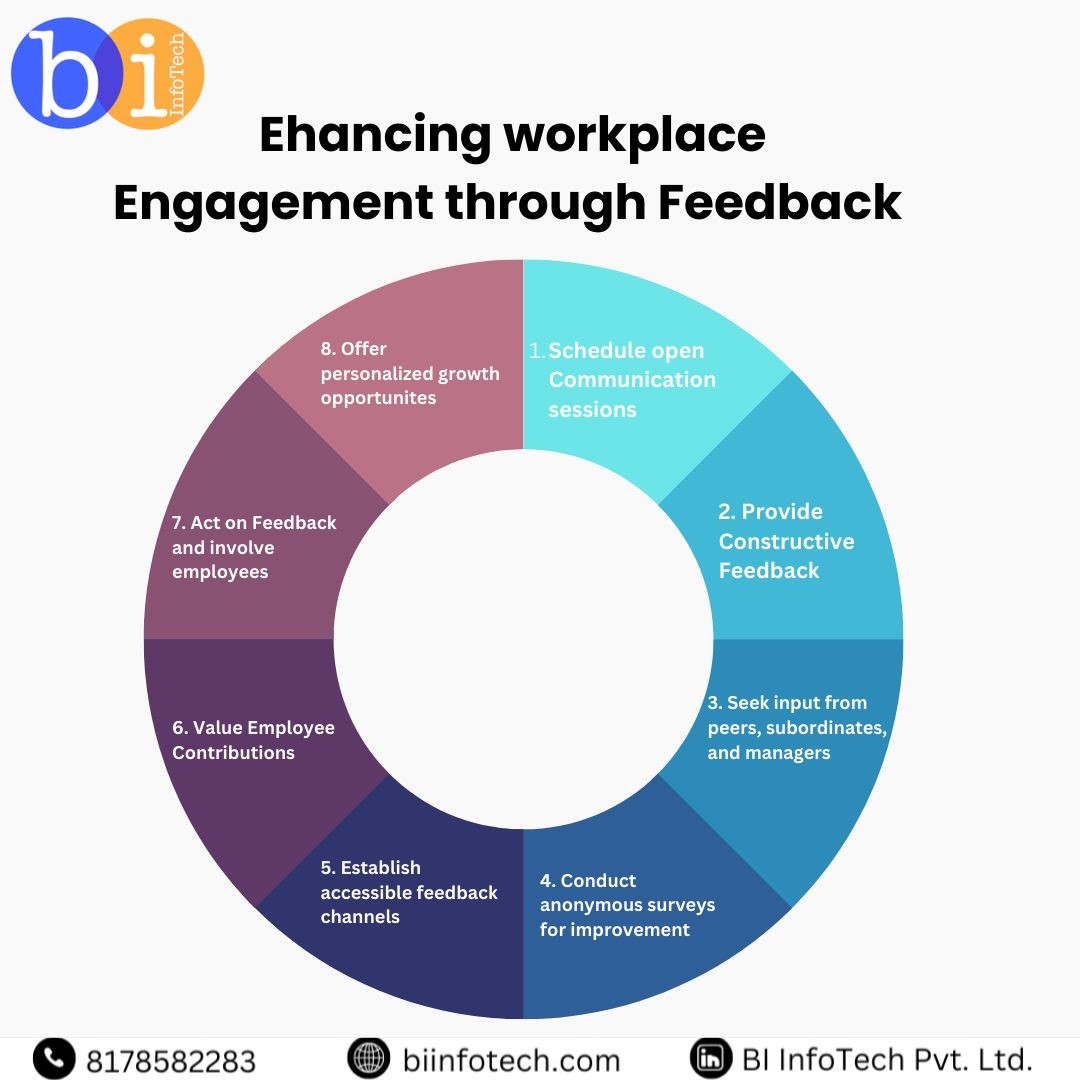In todayŌĆÖs fast-paced world, collecting data on the go is essential. But what happens when youŌĆÖre in a remote area, at an event with no Wi-Fi, or somewhere with spotty internet? ThatŌĆÖs where offline survey apps come in. These tools let you gather data without needing an internet connection, making them perfect for field research, customer feedback, or any situation where connectivity is a challenge. In this article, weŌĆÖll explore the best offline survey apps available, including their features, pros, and cons, to help you find the perfect tool for your needs.
Why Use Offline Survey Apps? Offline survey apps are a game-changer for anyone who needs to collect data in areas with limited or no internet access. Here are some common scenarios where they shine: ŌĆó Remote locations: Think rural areas, construction sites, or outdoor events. ŌĆó Unreliable connectivity: Places where the internet is slow or inconsistent. ŌĆó Restricted Wi-Fi zones: Conferences, trade shows, or secure facilities where Wi-Fi isnŌĆÖt available. With offline survey apps, you can collect data anytime, anywhere, and sync it to the cloud once youŌĆÖre back online.
Advantages of Offline Survey Apps 1. Accessibility: Work in any location, even without an internet connection. 2. Speed: No waiting for pages to load or dealing with connectivity issues. 3. Reliability: Avoid losing data due to poor internet or dropped connections. 4. User-friendly: Most apps are designed to be simple and intuitive for both survey creators and respondents.
Top Offline Survey Apps LetŌĆÖs dive into the best offline survey apps available today, including what makes each one stand out.
1. Streakeye Website: www.streakeye.com Streakeye is a top choice for offline surveys, offering a seamless experience for both beginners and professionals. Key Features: ŌĆó Offline functionality: Conduct surveys without an internet connection. ŌĆó Real-time sync: Automatically uploads data to the cloud when youŌĆÖre back online. ŌĆó Customizable templates: Create surveys tailored to your needs. ŌĆó Analytics dashboard: Get insights and reports to make sense of your data. Why Choose Streakeye? Streakeye is perfect for field researchers, businesses, and academics who need a reliable, easy-to-use tool for offline data collection.
2. SurveySparrow Website: www.surveysparrow.com SurveySparrow is known for its conversational surveys and sleek design. Key Features: ŌĆó Offline surveys: Collect data without an internet connection. ŌĆó Multichannel distribution: Share surveys via email, SMS, or social media. ŌĆó Advanced analytics: Get detailed insights into your survey results. Why Choose SurveySparrow? ItŌĆÖs a great option for businesses focused on customer experience, though some advanced features may require a paid plan.
3. Dooblo SurveyToGo Website: www.dooblo.com Dooblo is a powerful tool designed for market researchers and professionals. Key Features: ŌĆó Offline capability: Collect data anywhere, anytime. ŌĆó Customizable surveys: Choose from a variety of question types. ŌĆó Export options: Easily export data for analysis. Why Choose Dooblo? ItŌĆÖs a solid choice for research professionals, though it may have a steeper learning curve compared to other apps.
4. Surveys on the Go Website: www.surveysonthego.com This app is perfect for individuals looking to earn rewards by completing surveys. Key Features: ŌĆó Mobile-friendly: Works seamlessly on Android devices. ŌĆó Offline access: Complete surveys without an internet connection. ŌĆó Incentives: Earn cash or gift cards for participating. Why Choose Surveys on the Go? ItŌĆÖs ideal for casual users or those looking to make some extra money, though it may lack advanced features for professional use.
5. SurveyMonkey Website: www.surveymonkey.com SurveyMonkey is one of the most popular survey tools globally, offering a wide range of features. Key Features: ŌĆó Offline capabilities: Available through their mobile app. ŌĆó Flexible survey options: Create surveys quickly with customizable templates. ŌĆó Data analysis: Powerful tools to interpret your results. Why Choose SurveyMonkey? ItŌĆÖs a reliable option for businesses, but full offline functionality may require a paid subscription.
6. Go Survey Website: www.gosurveys.com Go Survey is a robust tool designed for businesses and organizations. Key Features: ŌĆó Offline surveys: Collect data without an internet connection. ŌĆó GPS support: Add geographical data to your surveys. ŌĆó User-friendly interface: Easy to navigate and deploy surveys. Why Choose Go Survey? ItŌĆÖs a great choice for businesses needing to collect data in the field, with a focus on simplicity and reliability.
How to Choose the Best Offline Survey App When selecting an offline survey app, consider the following: 1. Purpose: What type of surveys will you be conducting? 2. Ease of use: Is the app intuitive for both you and your respondents? 3. Customization: Can you tailor surveys to your specific needs? 4. Data storage and syncing: Does the app securely store and sync data when youŌĆÖre back online? 5. Budget: Are you looking for a free tool, or are you willing to pay for advanced features?
Conclusion Offline survey apps are a must-have for anyone who needs to collect data in areas with limited or no internet access. Whether youŌĆÖre a field researcher, a business owner, or just someone looking to gather feedback, these tools make the process seamless and efficient. From StreakeyeŌĆÖs powerful features to SurveySparrowŌĆÖs conversational design, thereŌĆÖs an app for every need. Choose the one that best fits your goals, and take your data collection to the next levelŌĆöno matter where you are. By embracing offline survey apps, you can ensure your data collection is flexible, reliable, and effective, no matter the circumstances. Happy surveying!




.png)





